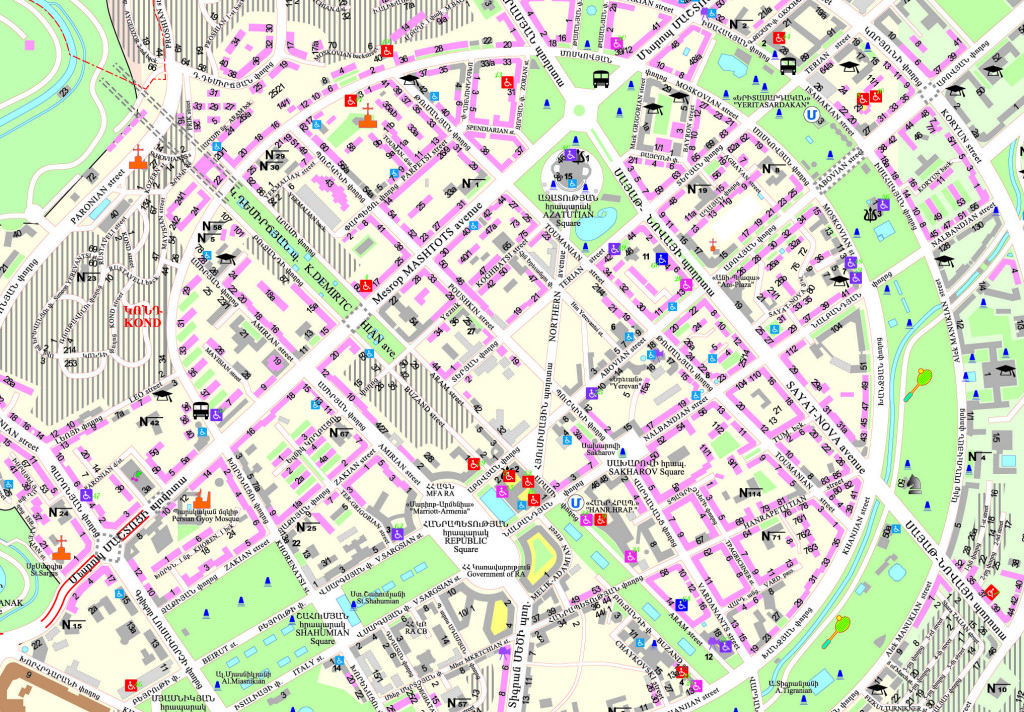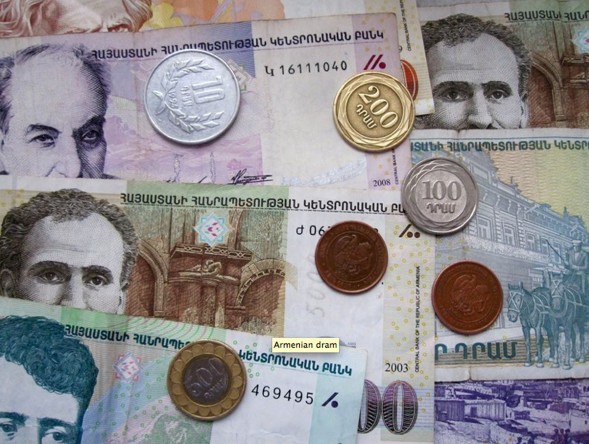
“Everyone has the right to rest and leisure, including reasonable limitation of working hours and periodic holidays with pay.” UN Universal Declaration of Human Rights (1948) Article 24.
This is one of the fundamental rights of each person, which is fixed in UN Universal Declaration of Human Rights. However, the implementation of this right is often inhibited by external forces.
People with disabilities have serious problem in Armenia when it comes to realizing their right to rest and leisure in the majority of cultural leisure sites. These are mostly unavailable to persons with different types of disabilities: the territory is not accessible for persons with physical disabilities because of the absence of elevators and ramps, there are neither appropriate informational resources written in Braille system for persons with sight issues, surdo interpreters for servicing customers who have hearing disabilities. The issue is essentially worrying, as it becomes a base for artificial inequality, fostering the isolation of persons with disabilities. This in turn becomes a foundation for further development of myths and stereotypes regarding persons with disabilities.
Based on the fundamental right to rest and leisure of persons with disabilities, the working group of the NGO “Social Participation and Assistance Center for Equality” between December, 2012 and May, 2013 committed to performing a research, which would allow the evaluation of accessibility levels of cultural leisure sites for persons with disabilities. The research targeted 102 cultural sites in Yerevan, including museums, galleries, movie theaters, libraries, and theaters. It was only possible to research 64 of these sites .
The research was performed through individual interviews and observations, utilizing special evaluation forms. The evaluations covered levels of external and internal accessibility of the cultural sites and the presence of information written in Braille system and surdo interpretation.
 Here is the list of some remarkable information gathered from the research
Here is the list of some remarkable information gathered from the research
The majority of the researched cultural sites were not accessible at all for persons with disabilities, and only four of them were highly, but not completely, adapted. There is only one museum and one library that provide surdo interpretation. Six cultural sites reported presence of literature in Braille system.
Despite all of these circumstances, 53 of the researched cultural sites have had visitors with disabilities. These visitors have only been able to use the services provided by these sites with assistance from others. Requesting such assistance is degrading for many persons with disabilities.
41 of the researched cultural sites have never had an initiative to adapt their territories for persons with disabilities; some of the reasons mentioned were:
- lack of financial resources,
- not having a need for adaptation (there were no visitors with disabilities),
- the fact that they did not own the territories,
- lack of information on the adaptation process.
Among the responses mentioned above, the most disturbing is the fact that the cultural sites do not feel the need of adapting their territories due to the lack of visitors with disabilities. It is necessary to mention two important things: even if a person with a disability has never visited a certain cultural site, it is necessary to make it accessible to everyone, as it is required by the law and as it is inevitable to have a disabled customer. It is important to mention that the low number of visitors with disabilities is directly linked to the level of accessibility of the territory; if it is accessible, there will be more disabled visitors.
Many representatives from the cultural sites were not even aware of the existence of surdo interpretation and Braille system.
The results of the research were mapped, and each of the cultural sites was colored according to its level of accessibility for persons with disabilities. That is how Yerevan’s alternative map was created.
To conclude, persons with disabilities are not granted with the right to equal opportunities to use the services provided by cultural sites, preventing them from full social involvement.
After all, cultural activism should not recognize disability.
Lusine Saghumyan




